Ideate
The ideation phase includes brainstorming and other activities designed to generate ideas for potential solutions. During this stage, learning theories and strategies are also developed to shape an effective learning experience. Additionally, an initial wireframe and storyboard for the course are created to guide its structure and content.
Brainstorming
Brainstorming solutions is most effective in small groups. However, the image below demonstrates a similar method called "brain dump," which involves brainstorming as an individual. This approach encourages the unrestricted flow of ideas, a technique known as divergent thinking.
Click to enlarge image.
Instructional Strategy
Of several proposed solutions in the report, micro-learning was selected as the most promising. Research on and the benefits of micro-learning are summarized below. Micro-learning, as explained below, focuses on short, bite sized lessons that offer relevant and applicable material.
Lesson Objectives and Goals
The goal of the e-learning course describes the overarching ambition for the course while individual objectives as the competencies that determine whether the goal was met. The purpose of the objectives is to provide criteria by which designers and learners can measure the learning experience.
-
Loss Mitigation specialists will be able to identify the various FHA home retention regulations, understand their key components, and apply this knowledge to accurately assess borrowers for the appropriate retention options.
-
Loss Mitigation specialists will be able to:
Describe the FHA waterfall hierarchy.
Identify and explain elements of forbearance and apply the knowledge to a simulated workout scenario.
Identify and explain the lements of the Advance Loan Moditication and apply the knowledge to a simulated workout scenario.
Identify and explain the elements of a Partial Claim and apply the knowledge to a simulated workout scenario.
Identify and explain the elements of the Payment Supplement and apply the knowledge to a simulated workout scenario.

